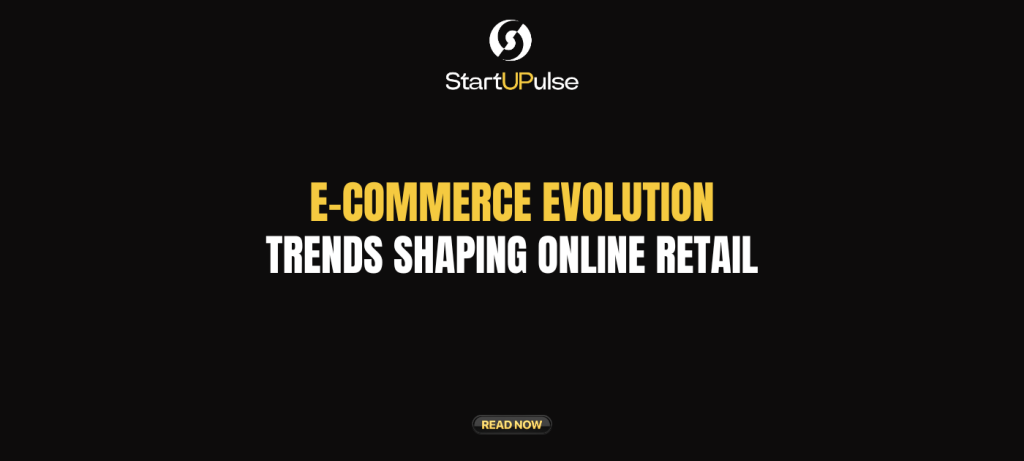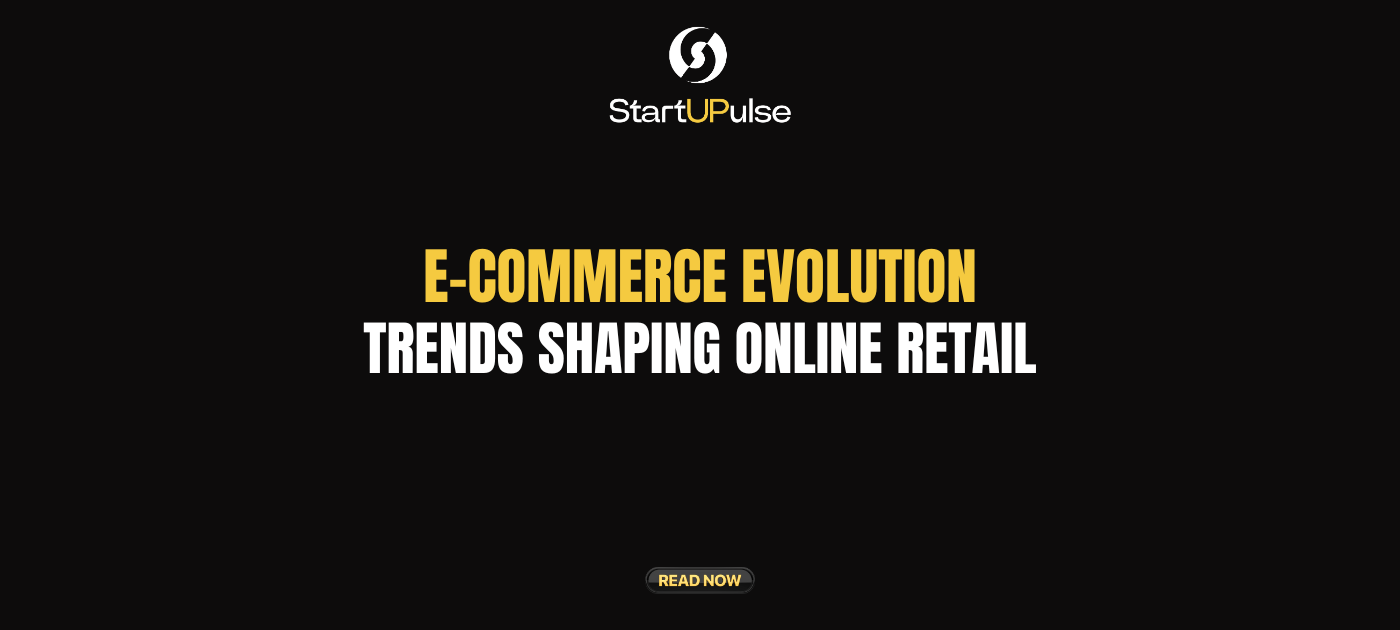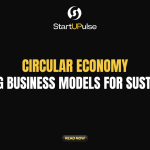
In the digital age, e-commerce has become a cornerstone of the retail landscape, offering consumers convenience, choice, and accessibility. The industry continues to evolve rapidly, driven by technological advancements, shifting consumer expectations, and innovative business models. In 2024, online retailers are adopting emerging trends to stay competitive and meet changing consumer needs. Let’s dive into some of the key trends shaping the future of e-commerce.
1. Personalized Shopping Experiences
Personalization is now a critical factor in e-commerce. With data analytics and artificial intelligence (AI), online retailers can provide a tailored shopping experience based on a customer’s preferences, browsing behavior, and past purchases. Personalized recommendations, dynamic pricing, and AI-driven chatbots enhance customer engagement, improve conversion rates, and increase brand loyalty. As personalization becomes more sophisticated, businesses can anticipate what a customer might want even before they begin their search.
2. Augmented Reality (AR) for Immersive Shopping
Augmented reality is transforming the online shopping experience by allowing customers to visualize products in a real-world context. For example, AR enables shoppers to “try on” clothes, see how furniture looks in their living space, or test makeup shades on their own face, all from the comfort of their home. This immersive experience bridges the gap between physical and online shopping, reducing the chances of returns and increasing customer confidence in purchasing decisions.
3. The Rise of Social Commerce
Social media platforms have become powerful shopping channels, blending social experiences with e-commerce convenience. Social commerce allows customers to discover, research, and purchase products directly on platforms like Instagram, TikTok, and Facebook. Influencer partnerships and shoppable posts play a significant role in driving sales through social media, making it a valuable space for brands to reach targeted demographics, build brand awareness, and boost sales.
4. Sustainable and Ethical Shopping Practices
Consumers today are increasingly concerned about the environmental impact of their purchases, driving demand for sustainable and ethical products. Many e-commerce brands are prioritizing eco-friendly packaging, transparent supply chains, and sustainable sourcing to meet these expectations. Furthermore, companies are adopting practices like carbon-neutral shipping and promoting pre-owned or recycled items to support environmentally conscious shopping habits.
5. Voice Commerce on the Rise
With the growing adoption of smart speakers and voice assistants like Amazon Alexa, Google Assistant, and Apple’s Siri, voice commerce is becoming a popular trend in e-commerce. Voice search allows customers to order products simply by speaking a command. This trend is especially appealing for everyday essentials and routine purchases. To leverage voice commerce, online retailers are optimizing their product listings and descriptions for voice search, making shopping even more convenient and accessible.
6. Flexible Payment Options and Buy Now, Pay Later (BNPL)
Flexible payment options, such as Buy Now, Pay Later (BNPL), are changing the e-commerce landscape by offering customers greater flexibility in managing their finances. Services like Klarna, Afterpay, and Affirm allow shoppers to split their payments into installments, making higher-ticket items more accessible and reducing cart abandonment rates. With the increasing popularity of BNPL, businesses are integrating these options to enhance the customer experience and drive conversions.
7. AI-Powered Customer Service and Chatbots
AI-powered chatbots are becoming essential for providing seamless customer support in e-commerce. These virtual assistants can answer frequently asked questions, provide product recommendations, track orders, and assist with returns. By offering 24/7 support and quick response times, chatbots improve customer satisfaction and free up human agents to handle more complex queries. As AI continues to evolve, chatbots will become even more intuitive, offering a more personalized and helpful shopping experience.
8. Omnichannel Strategies for a Seamless Experience
Today’s consumers expect a seamless experience across multiple channels, whether they’re shopping on a website, a mobile app, or in a physical store. Omnichannel strategies integrate all these touchpoints, allowing customers to transition smoothly from one platform to another. For instance, a shopper might discover a product on social media, add it to their cart on a mobile app, and complete the purchase on a desktop website. By aligning inventory, marketing, and customer service across channels, businesses can offer a cohesive brand experience.
9. Subscription-Based E-commerce
Subscription e-commerce has seen substantial growth, offering customers convenience and businesses a predictable revenue stream. This model works particularly well for products that require regular replenishment, such as grooming supplies, pet food, and household essentials. Many brands are also using subscriptions to deliver curated experiences and introduce customers to new products each month. This recurring relationship builds brand loyalty and helps companies predict demand more accurately.
10. Faster and Smarter Shipping Solutions
With Amazon setting the standard for quick delivery, consumers now expect fast, reliable shipping from all online retailers. To meet these demands, businesses are investing in advanced logistics solutions, including AI-driven inventory management, last-mile delivery innovations, and even drone deliveries. Same-day and next-day delivery options are becoming more common, particularly in urban areas, and are key for remaining competitive in the e-commerce space.
Conclusion
The e-commerce landscape is rapidly evolving, shaped by technological advancements and changing consumer preferences. From personalized shopping experiences to sustainability and voice commerce, the latest trends are focused on enhancing convenience, engagement, and ethical practices. For businesses looking to succeed in this competitive environment, staying ahead of these trends and adapting to consumer expectations is essential.
As technology continues to evolve, the e-commerce industry will undoubtedly see even more innovations. Brands that embrace these changes will not only improve their bottom line but also foster stronger connections with their customers, setting themselves up for long-term success in the digital marketplace.
Connect with StartUPulse
At StartUPulse, we’re dedicated to helping startups and business professionals navigate the dynamic world of e-commerce. Our community offers a platform for learning, networking, and exploring the latest trends to elevate your business strategies. Join StartUPulse today to stay informed on the latest innovations in e-commerce and other areas essential for growth and success in today’s digital economy.



















